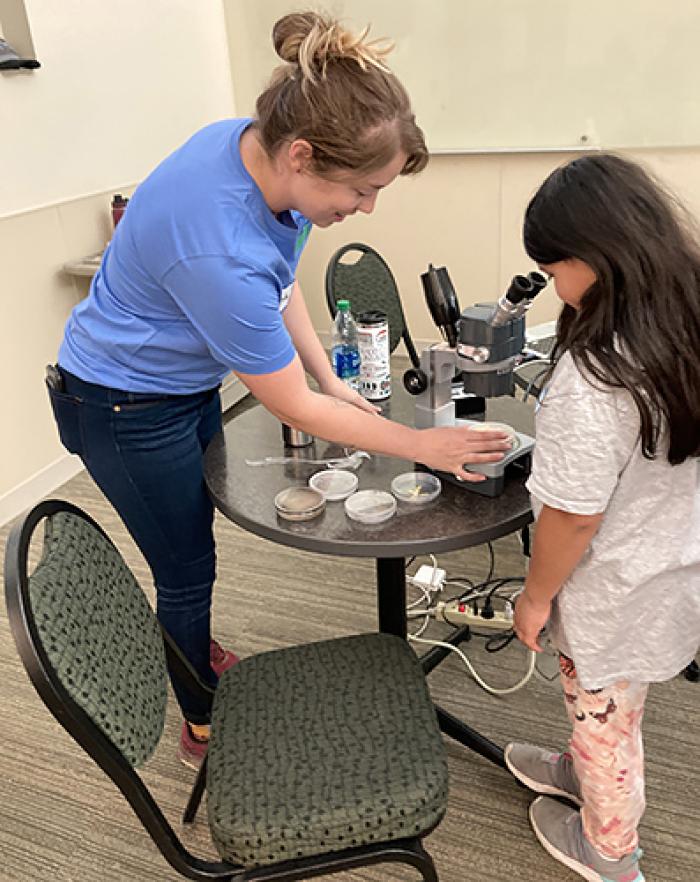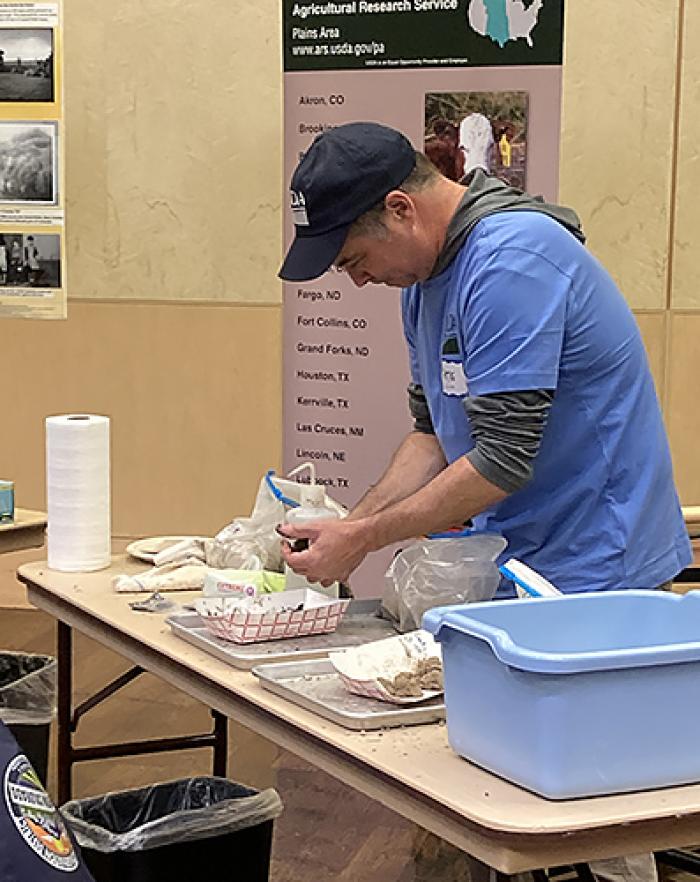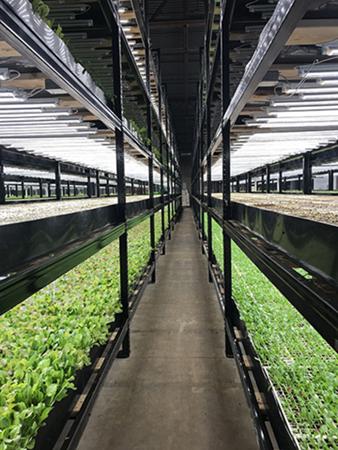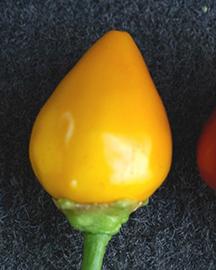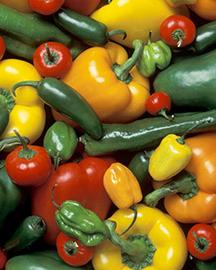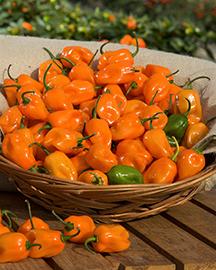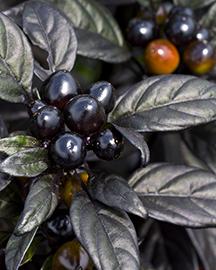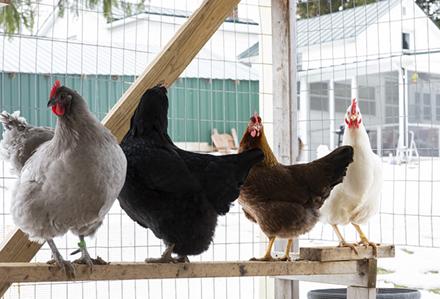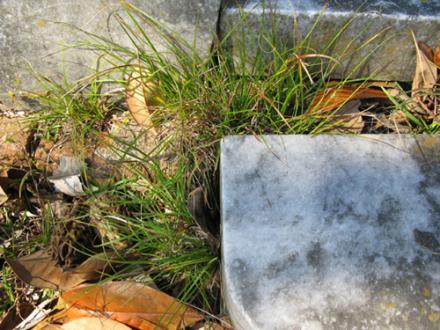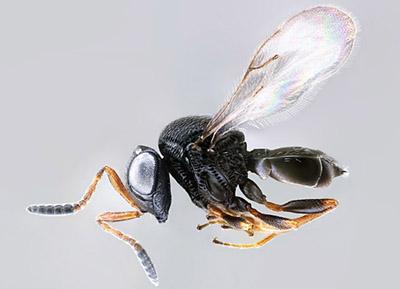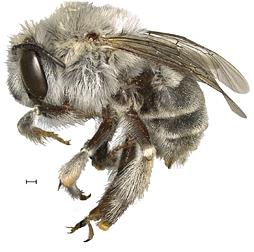Biodegradable Spray Keeps the Toxins Away
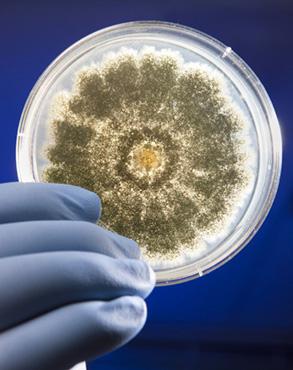
Aflatoxins are highly toxic substances produced by some species of Aspergillus fungi and can contaminate common crops such as corn, peanuts, and cotton. In high enough doses, these toxins are known to cause liver damage or cancer, ultimately threatening the health of both animals and people.
In Stoneville, MS, a team of ARS researchers developed a new bioplastic-based spray to fight aflatoxins using natural ingredients like cornstarch and beneficial microbes such as fungi and bacteria strains. The spray is relatively inexpensive, easy to apply, storable, biodegradable, and capable of significantly reducing aflatoxin contamination.
Learn more:





